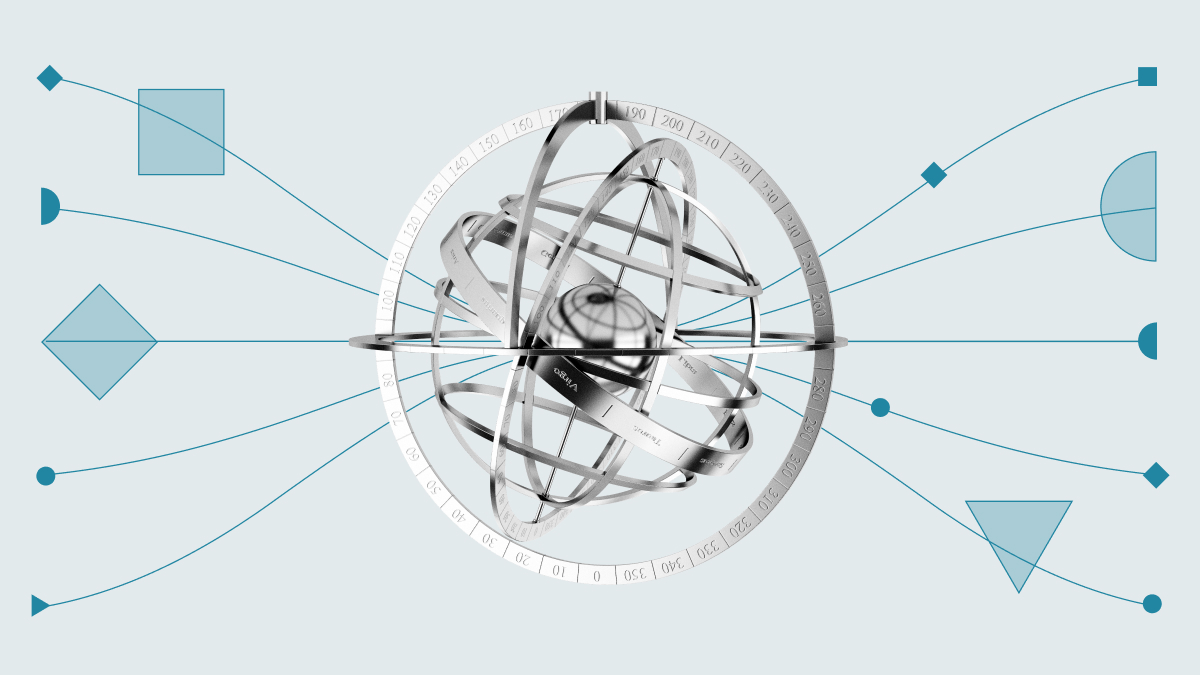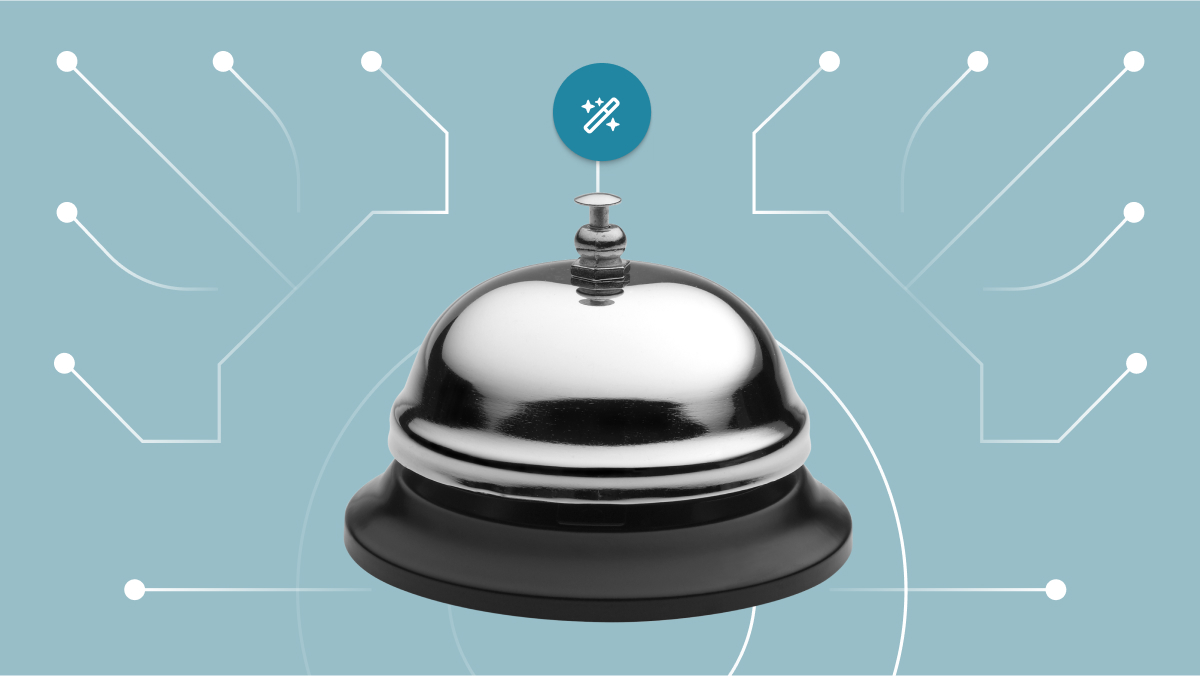The Public Sector CDO’s Guide to AI-driven Citizen Experiences
The Public Sector CDO’s Guide to AI-driven Citizen Experiences
AI can help government agencies create better citizen experiences – if applied with the right foundation, use cases, and planning for the future.

Total government spending on AI contracts has increased by nearly 2.5 times since 2017 (Stanford University)
According to research from Stanford University, U.S. government spending on AI grew to $3.3 billion in FY 2022. Federal government spending alone increased more than $600 million year over year, up from $2.7 billion in 2021.
It's no wonder why the public sector is all in on artificial intelligence: AI has the power to help government agencies achieve unparalleled one-to-one communications with their constituents by delivering better, more personalized citizen experiences. This is critical to building citizen trust.
But investing in AI and knowing how to implement it effectively are two very different things.
In this guide, we'll break down three steps to AI innovation that every public sector chief data officer (CDO) should take today — so their agencies can build better digital services and improve citizen experiences.
1. Build the right AI foundation at your organization — with your CMS
 Generative AI technologies like ChatGPT can deliver information through conversational experiences. The challenge is that these conversations are only as valuable and trustworthy as the data they are based on. Indeed, a generative AI model that ingests bad or missing data will deliver poor or inaccurate answers, so you need to make sure that the data the AI ingests is current and accurate.
Generative AI technologies like ChatGPT can deliver information through conversational experiences. The challenge is that these conversations are only as valuable and trustworthy as the data they are based on. Indeed, a generative AI model that ingests bad or missing data will deliver poor or inaccurate answers, so you need to make sure that the data the AI ingests is current and accurate.
The good news is that conversational AI can effectively answer citizens' questions, as long as it securely draws on accurate and relevant facts and information from centralized, curated sources. This requires combining a content management system (CMS) with a conversational AI interface.
To do this, connect a CMS to your AI systems that actually "converses" with your constituents and have it feed answers into those systems. Use a CMS that can be easily incorporated into your existing solution set and works with your AI models. Finally, be sure to maintain some form of human oversight into the process, so that you know where the answers came from. This will help you ensure the system is secure and delivers accurate responses.
2. Leverage AI effectively in your organization — by focusing on the right use cases
 There are certain types of tasks that are best suited for AI today, and you need to identify how your agency is impacted by them.
There are certain types of tasks that are best suited for AI today, and you need to identify how your agency is impacted by them.
Consider the following hypothetical use cases:
- An overwhelmed federal employee trying to process hundreds of applications, forms, and other documents that require manual keying of information, possibly leading to delays in processing and frustrated constituents
- A data manager tasked with analyzing, routing, and/or approving multiple applications for a single person—and often having to work with other agencies to get the job done
- A contact center agent who spends most of their day on the phone answering questions from frustrated citizens looking for specific information
- A citizen desperately searching for the correct forms to fill out to access benefits or meet deadlines
AI can help in each of these areas, fulfilling the needs of federal agencies complying with President Biden's Executive Order 14058.
AI can scan and process thousands of applications and forms in minutes and find bottlenecks in processes in order to streamline workflows and information sharing. The more applications it processes, the more it learns — and the faster it runs.
Meanwhile, AI-driven chatbots can help citizens self-service and get the answers they need without having to call into an agency help line, saving both them and agency personnel valuable time. They can get the same personal, expedited, and direct experience they demand from their government.
As you leverage AI for these and other use cases, start by looking at workflows across your organization and automating wherever possible. Use AI for tasks that are:
- Data-driven: It's easy for AI systems to perform data-driven tasks based on the data you provide in your CMS.
- Repetitive: Why waste human time on something rote and repetitive?
AI is also great at predicting trends and outcomes from historical data as well as generating content based on set inputs, like event descriptions and professional bios. There's a lot that AI can do to help your agency become better at things that will regularly help your constituents in the long term.
Want to learn more about how to free up time for both employees and citizens and deliver more customer value with AI? Download our full guide on the topic: The Four Essential AI Use Cases.
3. Plan for the AI future
 It's hard to envision a "knowledge work" job that will not be impacted by AI in some way over the next several years. The range of automation or assistance may vary. Some might see 10% of their job altered, and others more like 50% - 80%, but a change is coming.
It's hard to envision a "knowledge work" job that will not be impacted by AI in some way over the next several years. The range of automation or assistance may vary. Some might see 10% of their job altered, and others more like 50% - 80%, but a change is coming.
It's a shift that leaders have every reason to be optimistic about, but setting up a successful future requires company preparation. After all, change can be really hard, and some government workers might feel uncomfortable with how AI might impact their jobs (even if it's for the better).
Organizational change management will be paramount, and having the right thought leaders at the helm will make the most lasting impact. Together, you and your leaders should shape your agency's culture with regard to AI — and bring everyone along for the ride.
Start by assuaging employees' concerns and helping them understand the positives of the move toward an AI-centric future. Look at the people in your organization by job function and assess how AI might impact them.
Once you've done that, be proactive about education: upskilling and reskilling workers to help them adapt to changes in their average work day. Then, you can start redistributing their time to valuable work as AI starts to play more of a role in rote activities.
Looking for a resource on these types of action items from the Marketing AI institute? Click here.
Conclusion
CDOs play a critical role in driving AI innovation within their organizations. By making the right tech investments, deploying AI for the right use cases, and providing proper education across the agency, you'll be set up for success in the AI future.


